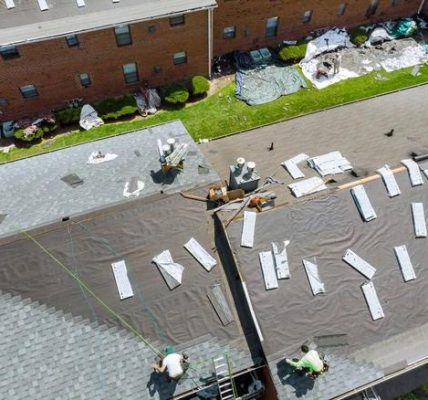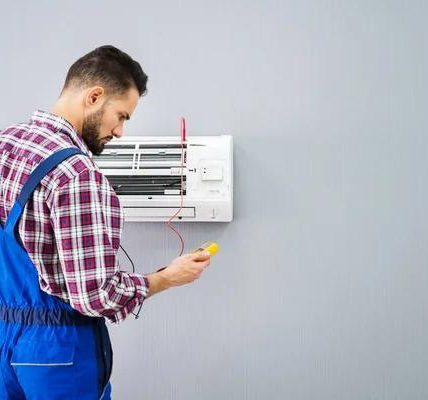Soundproofing walls are becoming increasingly popular in both residential and commercial buildings due to the rising need for privacy and tranquility. This surge in demand has led to a proliferation of soundproofing materials available in the market. However, not all these materials are created equal; some offer superior noise reduction capabilities while others may be more affordable or durable.
One of the most affordable options for soundproofing walls is mass-loaded vinyl (MLV). It’s a thin but dense material that can significantly reduce noise transmission through walls, ceilings, and floors. MLV is flexible, easy to install, and can be used with other soundproofing materials for enhanced performance. Despite its low cost, it has excellent durability and longevity.
Another cost-effective material is acoustic foam panels. These panels are lightweight and easy to install on almost any surface using adhesive strips or spray glue. They can absorb echoes and background noises effectively while also improving the acoustics within a room by reducing reverberation. Although they may not be as durable as other options such as MLV or drywall layers, their affordability makes them an attractive choice.
Drywall layers are another inexpensive yet efficient option for wall soundproofing. Adding an extra layer of drywall using damping compounds like contractors Green Glue can help decrease noise transmission significantly. The added mass helps block airborne sounds effectively while the damping compound dissipines vibrational energy into heat thereby reducing structure-borne noise.
Resilient channels provide an effective way of decoupling the interior wall from its structure thus preventing direct path for sound waves to travel through structural elements into adjacent rooms – a concept known as ‘flanking’. Though slightly expensive than above mentioned materials they provide significant improvement in sound insulation levels making them worth every penny spent.
For those seeking long-lasting solutions without compromising on quality or effectiveness, fiberglass insulation is worth considering despite being pricier than other alternatives mentioned before . Fiberglass batts designed specifically for soundproofing can be installed in wall cavities to absorb sound effectively. They are fire-resistant and long-lasting, providing a safe and durable option for soundproofing walls.
Lastly, another durable yet affordable material is the soundproof paint. It’s a water-based paint that contains tiny noise-absorbing particles which help reduce echo and ambient noise. Although it doesn’t block loud noises entirely, it’s an excellent choice for reducing minor noise disturbances at a fraction of the cost of other materials.
In conclusion, there are multiple affordable and durable materials available for soundproofing walls. The best choice will depend on several factors including your budget, the level of noise reduction required, ease of installation, durability among others. Therefore, before making any decision ensure to do thorough research or consult with an acoustic professional who can guide you through this process ensuring you get value for your money while achieving desired quietness.





